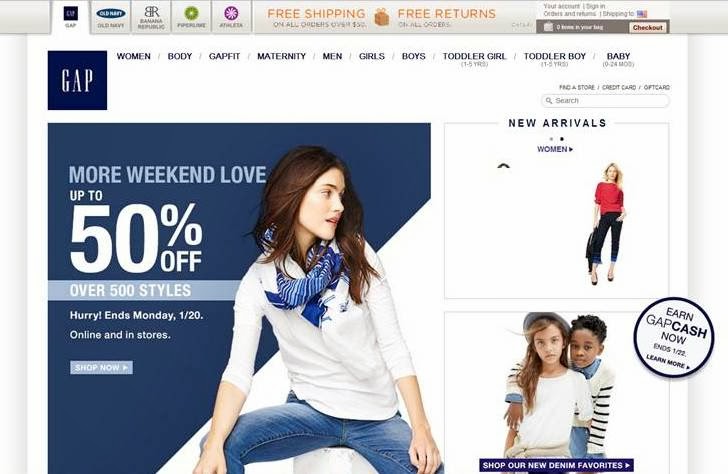Give this ditty from the Direct Marketing Association a read (click here):
Notice the quote in the article:
- "The mailing industry as a whole has lost over one million jobs since 2007".
- "... according to the Direct Marketing Association, the number of catalogs mailed in the United States fell again last year, to 11.8 billion, the lowest level since the DMA began collecting annual data in 2001 and down from a peak of 19.6 billion in 2007".
We are demanding that the USPS change. It's "their" fault. "A dysfunctional Congress" is the problem.
Nonsense.
We are the problem.
Pressure is coming from three areas.
- Amazon. While the pundits told you that you had to keep your catalog, Amazon focused on everything else. There's a very real chance that Amazon will be a trillion dollar business in 2025. With lower prices and better service and drones dropping boxes from the sky an hour after the customer orders something. How does a catalog ever compete with that?
- Retail. Retail has issues, no doubt. So they're going after low prices - when retailers discount, catalogers look expensive. Good luck with that. Good luck fighting that.
- Demographics. Jasmine, age 29, would rather watch a video of a fashion blogger on YouTube than read a catalog that highlights the importance of fashion. Meanwhile, Judy is 61. As she retires, she spends less. Big, big problem.
We have to adapt and change. It's as simple as that. As Amazon and Retail and Demographics erode the business model, we respond by mailing fewer catalogs - and that costs the print industry jobs. Nobody wants to see that.
But we're to a point where there is no choice.
We have to change.
We fix nothing with Postal Reform - well, the USPS gets to keep going, but it fundamentally does nothing for us. It does nothing to address our three key problems.
- Amazon.
- Retail.
- Demographics
We need to change.
Discuss.
Discuss.


















































